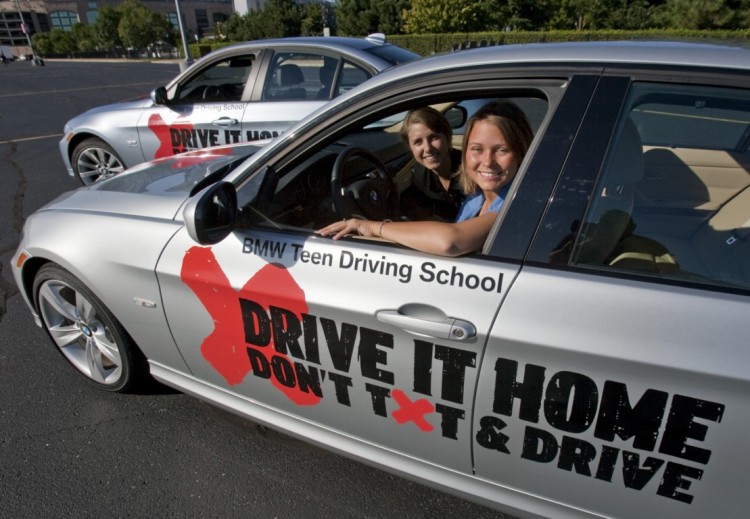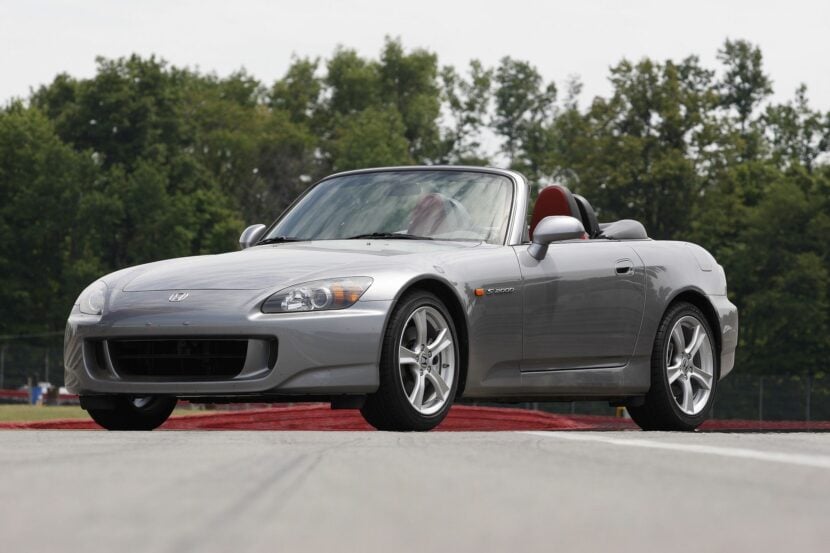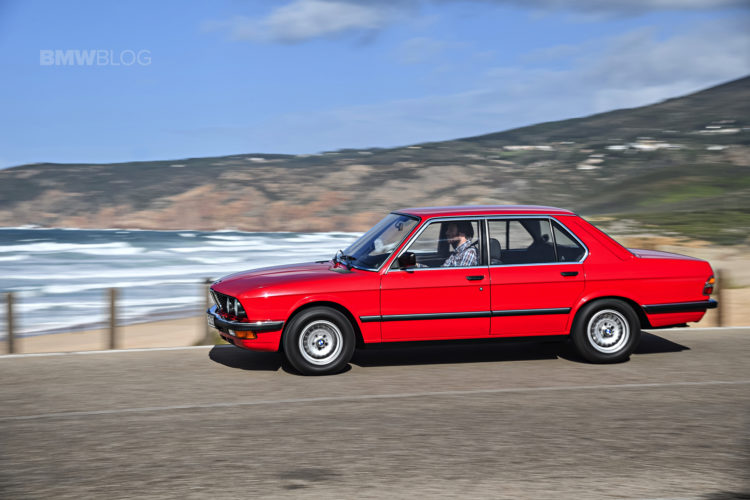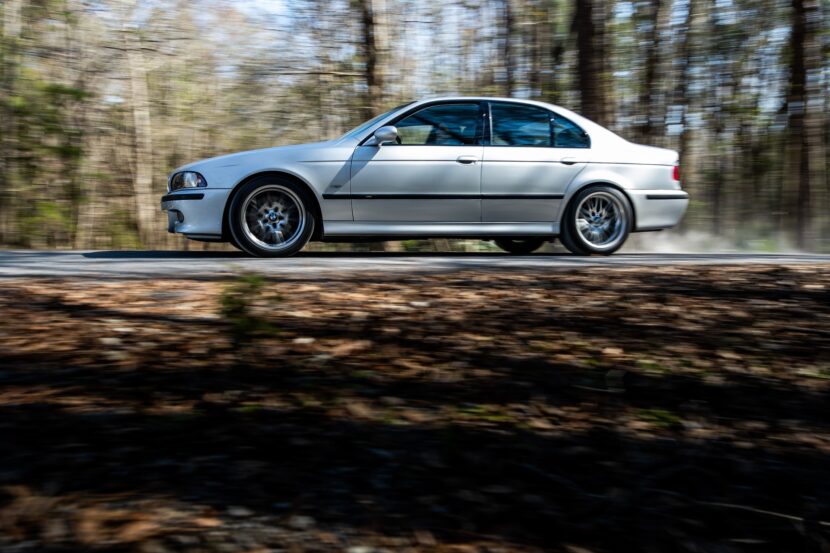I had a bit of a brain hiccup recently that prompted me to think of cars I’ve driven that disappointed me and immediately thought of three cars. These are not necessarily cars I loathe, rather these were automotive disappointments, the act of driving them didn’t match the expectation. And rather than leave this with just disappointments, I decided to include three cars I’ve driven that I found delightful.
The cars listed here aren’t the top (or bottom) three, they are the ones that came readily to mind when I was thinking about disappointment and delight. And yes, there is BMW content (and of course it’s at the end of the article).
First Movement

My critical memories of cars started from day one of learning to drive. Back in the day, right after the dinosaurs went extinct, I took Driver’s Ed in High School. Now this was summer school and, if I remember correctly, this was not a credited class – the only grade was eventually passing the state driver’s exam.
The instructor was a coach from the high school who was making some extra cash in the summer dealing with obnoxious and over confident teen drivers. The high school I went to got a deal on 1968 Plymouth Valiants. They employed a dual brake pedal setup, slant 6 econo wheezer engine, 3 speed autotragic TorqueFlite transmission, recirculating ball steering, and mushy brakes. This car was not the best way to introduce someone to driving.
The car was slow – and worse it was slow to answer to control inputs. Tons of play around center in the steering, soft brake pedal, a transmission that would eventually go into the desired gear once it had pouted a bit. Just a really unenjoyable car.
The instructor said driving was ‘just like riding a bike’. No way, this was a completely ‘disengaging’ experience and I thought, at the time, if this is what driving a car is like, why would anyone want to drive (I hadn’t been introduced yet to the notion that a sample size of one isn’t a good starting point for making assumptions).
Many moons later I was supposed to leave the Detroit area to catch a flight back to Kansas City but had just enough time to do one more sample drive at GM’s Milford Proving Grounds. Bob Lutz had the folks at the Milford Proving Grounds replicate the ‘Karussell’ from the Nürburgring as part of what is now known as the ‘Lutzring’. And they let us drive that section of the track, and not in a Chevy Cruze, but a C6 Corvette.
The C6 ‘vette was like a short handled sledge hammer – brutally quick, stiff shifter, tons of braking capability, agile, and very much alive. This car was so much fun to drive through the series of tight corners they let us loose on. Being sucked into the bottom seat cushion when entering the Karussell at speed was just such a joyful sensation – it still makes me smile just thinking about it.
Good golly, the C6 was such a great car, rear wheel drive, front engined, rear mounted transaxle (like the Porsche 924/944 and Lancia B20 before it). Weight distribution was nigh on perfect and almost all of it inside the wheel base. Yeah it used pushrods for valve actuation and it had transverse mono-leaf springs (but if you know what the benefits of those ‘antiquated’ technologies are you’ll understand why the engineers used them). On top of everything else the C6 had been refined substantially from the C5. You could say it was a C5 that lost its baby fat. A real delight of a car.
Second Movement

In thinking about this I wondered if it was possible for a well built car, well liked, and sold well to be disappointing? I think so and one very good car that disappointed me was the Honda S2000. Its competition was the second generation Mazda Miata – and on paper there was no way the Miata could be better than the S2000.
The VTEC four cylinder had about 100 more HP on tap than the Miata. It was a gem once it was on the second set of cam lobes – you had to rev the snout out of it to get there. Great boy racer stuff as the engine screamed to 9000 RPM. And it wasn’t all about the straight line performance, the car had plenty of grip.
So in comparing the S2000 to the Miata, the Honda had the better engine, better brakes,and better reliability than the Mazda. The S2000 was quicker, could sustain greater cornering forces, had bulletproof build quality and yet it was not as engaging as the Miata.
If you know about the steering assist for the S2000 you may know why I was disappointed. While the Miata had what I considered ‘Gold Class’ steering feel & feedback (the original Porsche Cayman had ‘Platinum Class’ steering feel), the S2000 relied on an electrically assisted steering rack.
The S2000’s steering just didn’t ‘feel’ anywhere as good as the Miata’s steering feel – a car which the S2000 could run circles around. In a Civic or an Accord the electrically assisted steering could be an overlooked item but not in the S2000. I believe sports cars exist to engross the driver completely in the thrill of driving and steering feel is an important aspect of that to me.
Station wagons and I have a complex relationship. I took my first driver’s test in a 1965 Impala station wagon. I think it had to have Coast Guard stickers; it was the epitome of a land yacht. And my dad didn’t pay attention to my pleas for a 427 cubic inch engine, no; instead he opted for the 283 with the Power Glide two speed tranny. The car was over 4,000 lbs with about the same horsepower as an NB Miata and three fewer forward speeds. So, I didn’t get off to a good start with station wagons.
But, a week’s worth of driving years ago in a 2003 Audi S6 Avant changed my mind. It was the ‘anti station wagon’ station wagon. I am a fan of Audi’s styling from that period. The S6 Avant didn’t look that much different than the A6 Avant, and in white, the test car’s color, it was a bit of a sleeper. Which was a good thing given the 4.2l V8 and the traction available thanks to Audi’s remarkable Quattro all wheel drive.
As quick and competent as that car was, it was also capacious and comfortable – brilliant for long trips. We put 1,000 miles on the press car one weekend, on very familiar roads, and the S6 Avant was a revelation. Good manners, great speed, and quiet comfort. One thing I would have wanted to change is the transmission. I would have wanted to swap the 5 speed slushbox Tiptronic with a manual transmission but I suspect Audi knew better than to offer a manual option on cars that would have rusted away, unsold, on dealers’ lots.
If someone would have told me at the time that I could only have one car for all of my needs it would have been that S6 Avant, it was that delightfully good. Too bad Audi only markets SUVs in the USA now and not Avants.
Third Movement

And now, the BMW content. In the 1980s I had yet to drive a BMW. I had lusted after a 2002 when I couldn’t afford one in the 1970s. By the mid ‘80s I had moved on, gotten married, had a family and bought domestic cars. During a friend’s visit one evening I was given the opportunity to drive an E28 5 Series. Oh boy – a chance, finally to drive a BMW. It was a 528e with an automatic transmission; good golly that’s not the best way to sample ‘the ultimate driving machine’.
The eta engine was a member of the BMW M20 family of straight six engines, designated M20B27. It was built to optimize efficiency and to accomplish that it increased the stroke from the 2.5 litre’s 75 mm to 81 mm. It used a cylinder head with relatively small intake valves, a camshaft suspended by only four bearings, and ‘soft’ valve springs. The intake runners and ECU were optimized to produce torque at low RPMs and the redline was set at 4,800 RPM. It was not very powerful subsequently, and when coupled to the typical ‘parasitic power loss’ automatic transmissions of the day it was even more anemic. The eta engine was the proverbial ‘turd in the punchbowl’ of an otherwise good car.
The reason for even thinking about building the eta engine was the fuel crisis of the mid ‘70s and increasingly strict fleet fuel economy requirements that manufacturers had to meet. What BMW really needed, rather than the eta engine, were diesel engines – and fortunately they began development of diesel engines at about the same time as the eta engine was put into production.

Regardless, the 528e I drove was soooooo slow that even a relatively short drive (made longer than necessary thanks to HOW STINKING SLOW the 528e was) kept me from lusting after BMWs until an E39 M5 showed up in the driveway.
What a revelation! Here was a four door sedan that was stunningly quick. I remember sitting at a stop light when a couple of ‘young people’ pulled up in the adjacent lane. They were in some high winged four cylinder hotrod. When the light changed . . . well the ‘young people’ besides me got a chance to see how tasteful the small lip spoiler and quad tailpipes on the M5 were. What a hoot!
The S62 engine, based on the M62 V8, was bored out – so much so that only 4mm separated the cylinders. Double VANOS was employed for the first time and each cylinder had its own throttle butterfly. This was M engineering at its finest.
Whereas the E28 528e had a 23lbs/hp ratio, the ratio on the E39 M5 was 9.4lbs/hp. Plus the 5.0 litre V8 loved to rev – what a glorious noise. It was comfortable, quick, precise, agile, lively – usable at slower speeds and yet able to be confidently quick. It was much more sophisticated than the Corvette; if the Corvette was a Bowie knife, the M5 was a scalpel. Both desirable but in different ways.

And the E39 M5 opened my eyes to what BMW could produce. I kept an open mind and, when the time came to indulge in something other than a run of the mill vehicle, I ended up with a BMW – a 2008 135i, whose performance was not that different from the E39 M5.
All of these cars impressed me – some for better . . .





































































